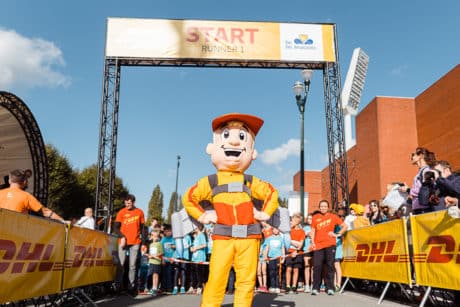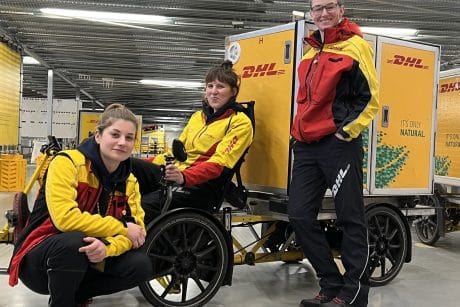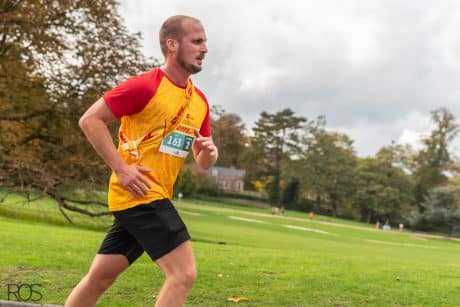PREPARE YOURSELF WELL WITH THESE TIPS.
16 October is marked red on the calendar of our colleagues because on that day we will run the DHL Ekiden in the King Baudouin Stadium, a relay marathon for company teams from all over Belgium. Originating in Japan, Ekiden divides a long-distance run into four shorter relays. Perfect! That way we can run together. And as official sponsor we of course want to have a blast that day!
Three sporty DHL employees, Katleen De Wals (Marketing & Communications Manager), Emmanuel Freitas (Courier in Nazareth region) and Gauthier Cappelle (Customer Operations Expert) have put together a number of tips, so you are prepared when you arrive at the starting line.
E-VE-RY-ONE can run
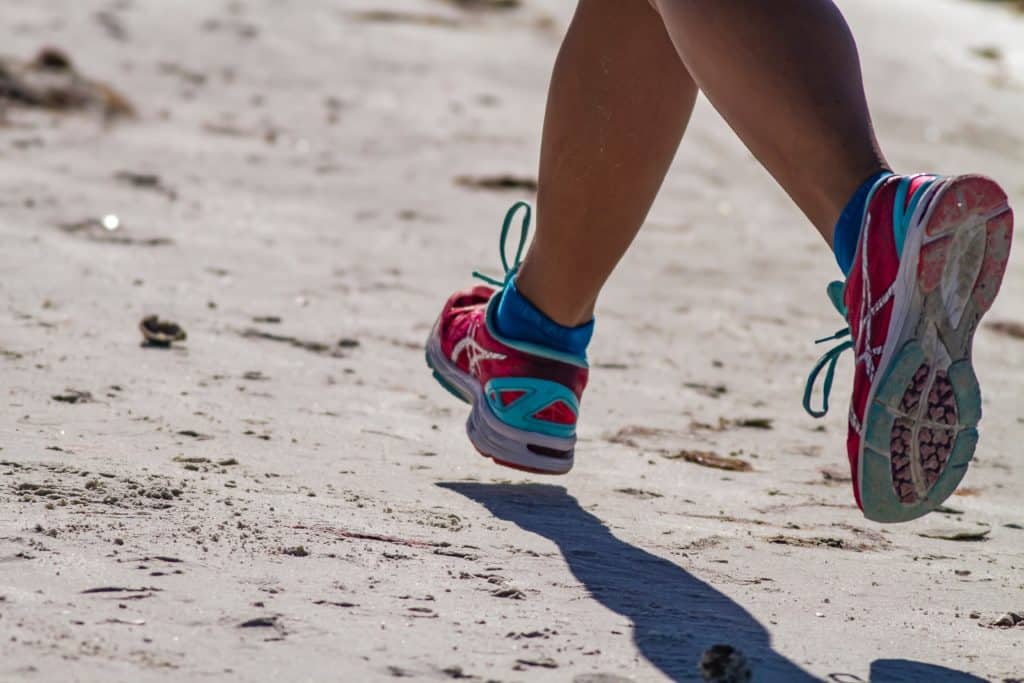
Katleen started running last year during lockdown: “I literally could not run 50 metres, so I started ‘Start to Run’. Evy Gruyaert and a good beat in the ears had to save Katleen’s condition. “First I ran in the back of the forest ashamed. I didn’t want the neighbours to see me running,” admits Katleen. After 10 weeks she was running 5km effortlessly and now she is even training for the 10km.
“Everyone can run, they often say, and I used to find that hard to believe. But now, unless you really have medical reasons of course, I really believe that anyone can do it. You just have to want to and very often (really very often, believe me) it is a matter of perseverance. And if there’s one thing we DHLers have, it’s that CAN DO, right?”
RUN = RUNNING SHOES
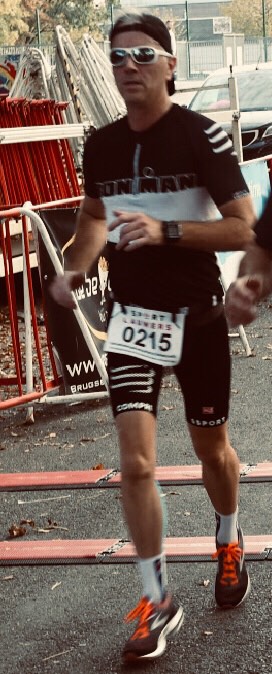
When you start from zero, preparation is crucial. And did you think you could do that quickly on those white trainers in the cupboard? Better not do that. “If you have the intention to build up, you should look for a good supporting shoe that provides shock absorption. Running has a big impact on your body and knees. Especially if you are not used to it,” says Gauthier. By choosing a good running shoe, you are also preventing injuries.
“Nothing is more frustrating than being slowed down by an injury,” says Gauthier. “And it certainly doesn’t have to be expensive,” adds Emmanuel. “For just under a hundred euros, you can have a good running shoe.”
SHOES: CHECK! WHAT’S NEXT?
“Your running schedule is key,” Emmanuel says, “I still run with a running schedule as I train for my next marathon. I also try to set goals, that gives me a lot of motivation. You can find plenty of schedules on Google, but it’s important to find one that suits you and is realistic”. “It’s better to underestimate than to overestimate, so don’t expect to suddenly be able to run 10 km in 2 weeks, that’s really demotivating,” Gauthier warns.
Katleen proves that running schedules are personal and that you sometimes have to be creative. “I am a mum of two young children and time is really my biggest shortfall, so I try to combine the two. This summer, for example, I drive to day care in the morning, run back and in the evening I run there and we take the car home again. Everyone happy!”
LISTEN TO YOUR BODY
You start running at a good pace, you are fresh, you are looking forward to it and after 2 km you can’t catch your breath. Everyone has struggled with this before. “A good tip is to make sure you can still talk while running. That way you know you are not over your limit,” says Gauthier.
“Also, listen to your body. Training four days a week is good, but if you can only do two days, that’s okay too,” Emmanuel adds. “If you have to run 3 km today, but are exhausted after 2 km, just stop and walk that last kilometre.” Forcing yourself is pointless and certainly not motivating.
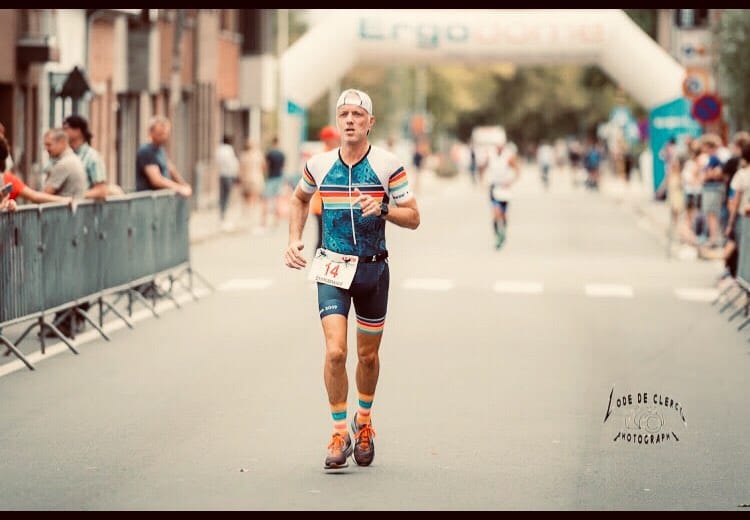
The danger lies in the enthusiasm
Gauthier
“The danger lies in the enthusiasm. If you start off over-enthusiastic, you will stop very quickly. You have to be patient. Building condition takes time,” says Gauthier. “Give your body time to build up condition, but certainly also time to recover.”
PRE AND AFTER WORKOUT
WARMING-UP
Make sure you don’t hobble out the door with cold muscles, a warm-up is extremely important to avoid injuries. Emmanuel always starts with a 10-minute run and stretch. In this article you’ll find a warming-up of less than 5 minutes to get your muscles going at full speed.
COOL DOWN
The feeling after running is fantastic, and that is why I still do it.
Katleen
After your session, one of the most proven and efficient ways of recovery is active recovery. You can hear the sofa calling and ranting when you are almost done, but stopping immediately is not conducive to recovery. So always run out before you plop down on the sofa.
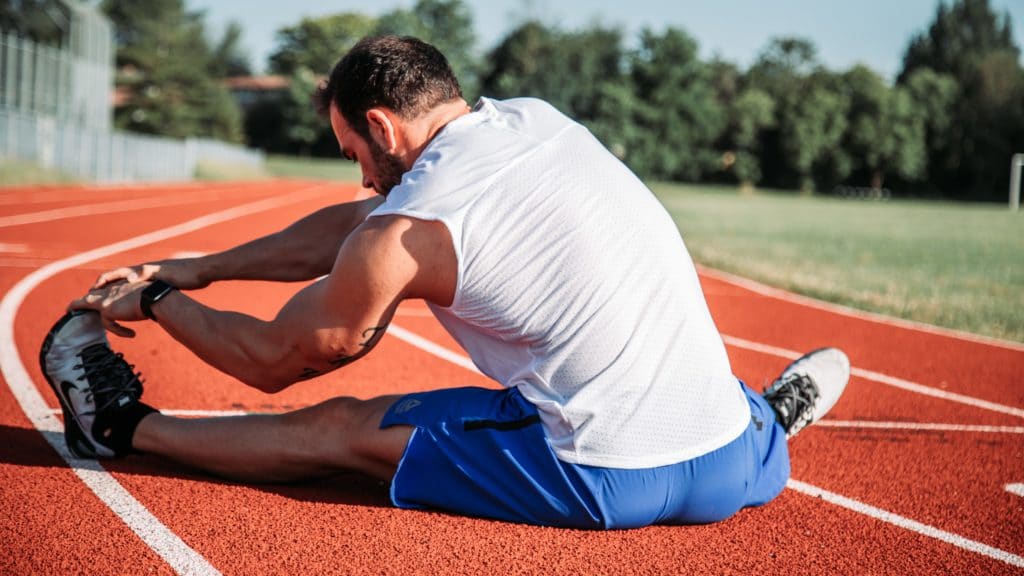
Gauthier always does a series of stretches. During running, the muscles shorten and by stretching them you bring them back to their original length and prevent them from becoming stiff. Examples of stretching exercises can be found on Youtube, here is an example.
CÉCÉMEL AND NO FRISTI
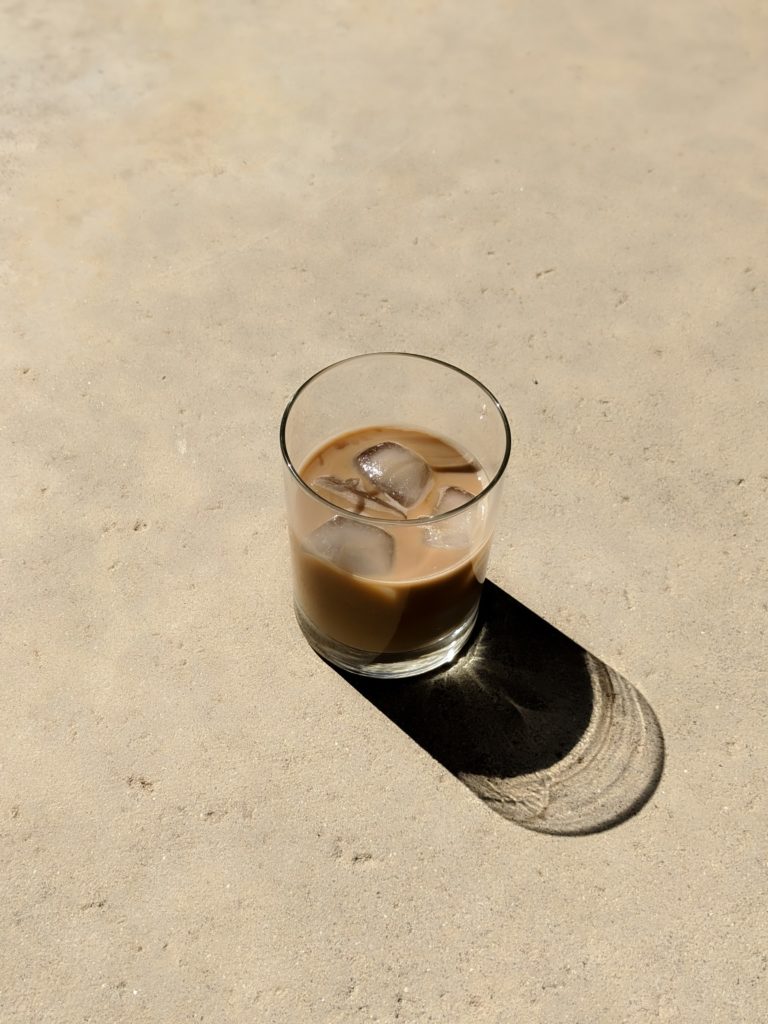
Many runners take a protein shake or sports drink to recover after intensive training. But is it necessary to pay through the nose for these expensive drinks? No, it is not! There is a tasty and cheaper alternative. This is also Emmanuel’s best tip: “Drink a glass of chocolate milk after your workout”. Chocolate milk has the ideal combination of carbohydrates, proteins, fats and electrolytes. All things you have ‘lost’ during exercise. Choose low-fat chocolate milk and preferably make your drink yourself, with pure cocoa and sweeten it with honey. But ordering a Cécémel on a sunny terrace after your run is certainly also allowed!
With the above tips, your preparation cannot fail! We wish you the best of luck with your training! See you in Brussels on 16 October! More information about the DHL Ekiden can be found here.


